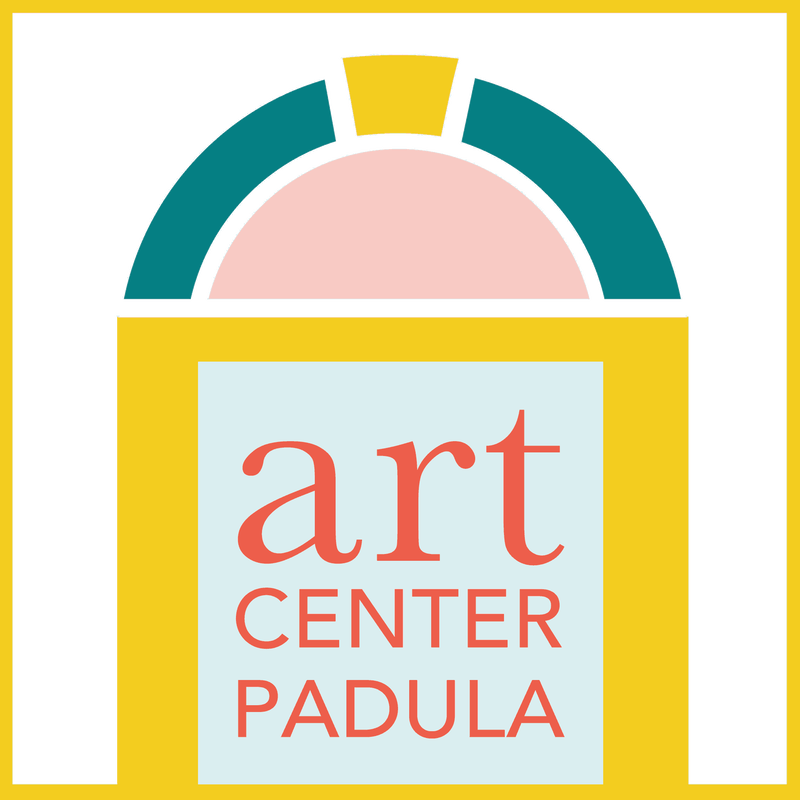Our Mission
Art Center Padula is an arts organization, founded as a means to contribute to the revitalization of the southern Italian village of Padula. Our innovative strategy is designed to facilitate the growth of a social and cultural ecosystem that supports the creative and entrepreneurial potential of local residents and attracts new people to the area. The core elements of our project are artistic activities that work together to develop new internal and external social networks in Padula and to re-energize existing ones. We believe that these new or rejuvenated networks will aid in the re-discovery of local creative practices and resources, and encourage the renewal of the historic center. A key priority of this project is to help shift the way people (locally, regionally, and internationally) think about where, how, and why creative and cultural production happens.
Art Center Padula is a community: it is a crossroads for the exchange of ideas; it is a nest for nurturing the growth of the imagination. It is a means to gather and support artists and thinkers—giving them space to flourish.
Art Center Padula is a community: it is a crossroads for the exchange of ideas; it is a nest for nurturing the growth of the imagination. It is a means to gather and support artists and thinkers—giving them space to flourish.
Why Padula and why art?
Among the towns that ring the Vallo di Diano, Padula emerges as the most suitable village in which to host an art center. Rich in cultural heritage, with museums that already attract visitors from afar, it is perfectly located and easily accessible from the autostrada (highway) and the rest of the valley.
Padula is also a place, like many rural towns in Europe, where issues like climate change, globalization, immigration and sustainability are having a clear impact on the local population. It is a place where we see many young people leaving because “there is nothing here”-- they feel disconnected from progress and possibility. It is a place where we see locally sourced agriculture (also called km0 or zero kilometer), a model of sustainability that has endured for centuries, continuously disappearing and struggling to be reborn at the same time.
Padula is also a place, like many rural towns in Europe, where issues like climate change, globalization, immigration and sustainability are having a clear impact on the local population. It is a place where we see many young people leaving because “there is nothing here”-- they feel disconnected from progress and possibility. It is a place where we see locally sourced agriculture (also called km0 or zero kilometer), a model of sustainability that has endured for centuries, continuously disappearing and struggling to be reborn at the same time.
At Art Center Padula, we look to the power of art. Art provokes creativity and innovation, essential characteristics for addressing the issues we are talking about. Artists tend to find connections that are not always evident to others, they look at empty spaces with the desire to fill them, they discover hidden beauty; above all they see potential and possibility.
According to various studies carried out both in Europe and in the United States, it is shown that the presence of artistic programs in rural communities:
Between artists-in-residence, local students, gallery visitors, and tourists, we are working to revive the influx of people in the historic center. We hope to bring about a new creative energy in town: new revenues for local trade, renewed enthusiasm for cultural events and works of art, and new places and possibilities for meeting each other and exchanging ideas. We need, not only to enhance the cultural and historical treasures we already have, but to create a source of inspiration that will help us face the future and its challenges with optimism and promise.
1.Developing and Revitalizing Rural Communities Through Arts and Creativity: EUROPE, Dr. Lidia Varbanova Laboratory for European Cultural Cooperation, Amsterdam / Centre for Intercultural and Social Development, Montréal Prepared for the Creative City Network of Canada, March 2009
2. Five ways the arts impact rural economies
Andy Hayes, Michigan State University Extension - June 4, 2018
According to various studies carried out both in Europe and in the United States, it is shown that the presence of artistic programs in rural communities:
- contributes to creating more jobs, also increasing revenues through the sale of goods and services and the strengthening of cultural tourism activities (1)
- promotes innovation and the design ingenuity of other companies. (2)
- helps to increase the quality of life, both for the participants and for the community.
Between artists-in-residence, local students, gallery visitors, and tourists, we are working to revive the influx of people in the historic center. We hope to bring about a new creative energy in town: new revenues for local trade, renewed enthusiasm for cultural events and works of art, and new places and possibilities for meeting each other and exchanging ideas. We need, not only to enhance the cultural and historical treasures we already have, but to create a source of inspiration that will help us face the future and its challenges with optimism and promise.
1.Developing and Revitalizing Rural Communities Through Arts and Creativity: EUROPE, Dr. Lidia Varbanova Laboratory for European Cultural Cooperation, Amsterdam / Centre for Intercultural and Social Development, Montréal Prepared for the Creative City Network of Canada, March 2009
2. Five ways the arts impact rural economies
Andy Hayes, Michigan State University Extension - June 4, 2018


